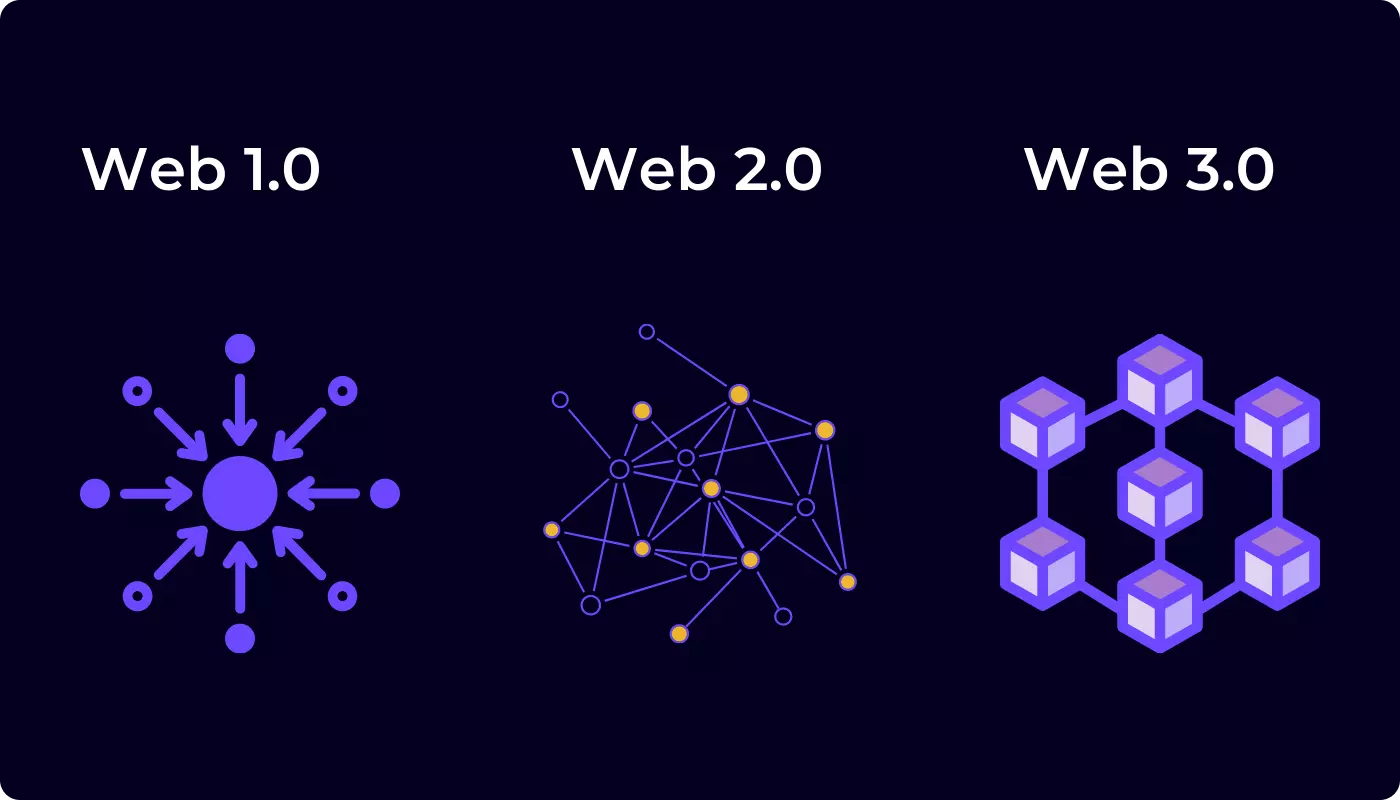blog / An Introduction to Web3
An Introduction to Web3

Sameer Gupta
B.Tech.

23 August 2022
Web3
With the help of Centralization, billions of people have been able to access the World Wide Web, but at the same time, a handful of centralized entities maintain a stronghold on the majority of this infrastructure, unilaterally making decisions on what and how it should function.
Web3 rose as a solution to this problem. The concept and implementation of decentralization due to web3 has overcome the issue of power being concentrated in the hands of a few large technology companies. Web3 embraces decentralization and is being built, operated, and owned by its users, it places the power in the hands it should be, the individuals rather than corporations.
Origin
Before web3, there were web1 and web2, some of the most important infrastructure and building blocks for the internet.
Web1 (Read-only web)
In 1989, at CERN, Geneva, Tim Berners-Lee came up with the protocols that came to be the World Wide Web. His motive behind it was to create an open, decentralized protocol that allowed information-sharing from anywhere in the world. This web included mostly static websites owned by companies, and there was minimum user interaction involved.
Web2 (Read-Write)
The Web 2.0 period began in 2004 with the emergence of social media platforms. This finally allowed users to generate their content and engage in user-to-user interactions instead of just companies providing content to users. It also became the birthplace of the advertising-driven revenue model.
Web3 (Read-Write-Own)
Shortly after Ethereum launched in 2014, its co-founder Gavin Wood coined the term web 3.0. One of the significant problems he wanted to solve was that the web required too much trust in corporations and centralized entities. Decentralization helped the cause.
At its core, web3 uses blockchain, cryptocurrencies, and NFTs to give power back to the users in the form of ownerships.
tech